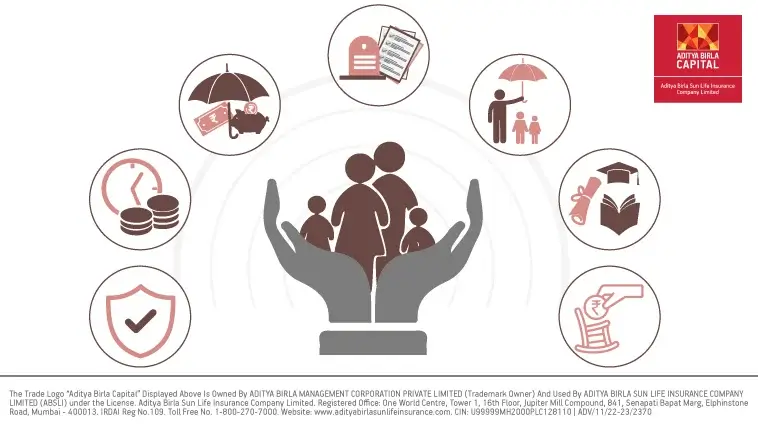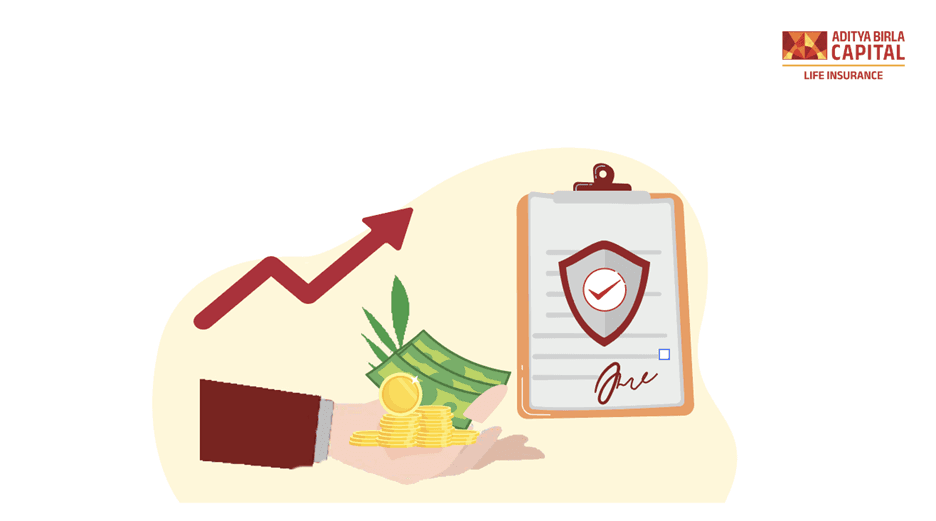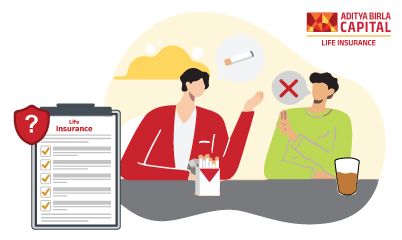Whole life insurance practically covers you for your entire lifetime, i.e., up to the age of 99/100 years. It is designed to provide lifelong financial security for your loved ones while leaving a financial legacy for them. Even though there are many types of whole life plans out there, single-payment whole life insurance policies have seen a spike in sales in recent years. This report says that single-payment policies accounted for 69% of total premium collections in February 2022, a significant increase from 56% in December 2021.
In single-payment whole life insurance, also known as single-premium whole life insurance, you pay the entire premium in a single go. And, the report clearly shows that many people are uncertain about dealing with commitments for renewal premiums. They are particularly popular among people who do not have a regular cash flow.
We’ll discuss single-payment whole life insurance in this article.
First, What Are The Various Premium Payment Options?
You may already know that premiums are the charges you pay for keeping your insurance policy active. A premium payment term is the number of years you commit to paying the premium in order to receive the policy's benefits.
A whole life plan can be classified into three types based on its premium payment term:
| Type of Whole Life Plan | Premium Payment |
|---|
| Level Term Whole Life Insurance | Pay premiums throughout the policy duration |
| Single-Payment Whole Life Insurance | Pay the entire premium amount as a lump sum in a single go |
| Limited Pay Whole Life Insurance | Complete premium payments in fewer years compared to the policy term you choose |
We will now discuss the single payment whole life plan in detail.
What Is Single-Payment Whole Life Insurance?
As mentioned earlier, if you opt for a single-payment whole life insurance plan, you only have to pay the premium once when you purchase the policy, and you can enjoy the benefits for the remaining period.
Pros
• Since the policy premium is paid fully in one go, you never have to worry again about the policy lapsing in case you forget to pay the premium.
• Another advantage is that since your entire premium payment is made at once, it generates an immediate cash value, which you can borrow against.
Cons
• Since you pay the premium in one shot, it will be expensive as compared to other types of policies.
• You will have to pay hefty fees if you surrender the policy during the first few years of your policy.
Example: Raghav purchases a single payment whole life plan with a sum assured of Rs. 40 lakhs that covers him up to age 99. He needs to pay the entire premium at the time of purchase since it is a single payment plan and will remain protected till the end of the policy duration. Say Raghav dies in the 10th policy year due to a serious accident. In that case, his nominee will receive the sum assured of Rs. 40 lakhs. Once this payout is made, the policy will terminate.
Who Should Buy Single Payment Whole Life Insurance?
-
If you have a lump sum amount of money available, you can go for a single-payment whole life insurance policy. There could be a cash gift from a relative, an inheritance, or some windfall gains for business owners. A single-payment whole life insurance policy is a great option if you don't want to spend the money immediately, are unsure about investing in the markets, or if you think you could use some more insurance protection.
-
Additionally, the plan may be appropriate for business owners, self-employed professionals, consultants, etc. who have a good income at present but are sceptical about the future. Since an uncertain future may make life insurance premiums unaffordable, it's wise for them to cover their life when they have a sufficient amount in their hands.
Summing Up!
Under a single payment whole life insurance plan, you pay the entire premium in a single go and are covered for the entire policy period. This eliminates the need to keep track of the renewal date. Additionally, it also prevents late payment charges or policy lapses that may result from non-payment of premiums on time. Last but not least, ensure you weigh both its pros and cons before you invest your hard-earned money.










